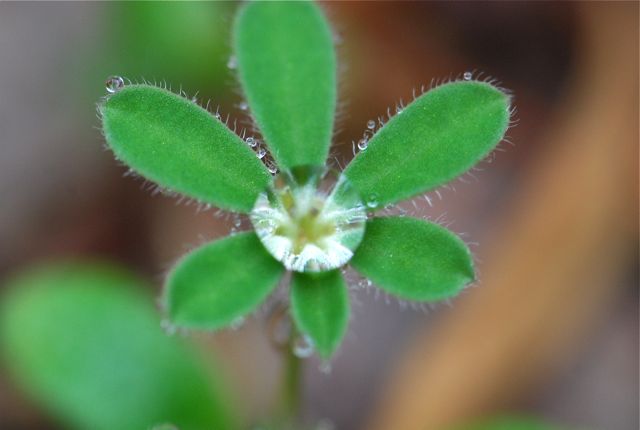The rain we’ve been having lately has popped a bunch of seedlings in our yard.

I’m always excited to see these seedlings coming up, because I know in a few short months the seedlings will grow into showy flowers called lupines.

Lupines are fun because they self-seed readily. I first planted these over 15 years ago and they have come up every year since. On the other hand, they have not spread aggressively to other areas; they stay right where I put them.
The name lupine is thought to come from the idea that lupines were like “wolves†(lupus) eating all the nutrients out of the soil, because they always seem to grow in poor soil. Now people have realized that these members of the pea family can make their own nutrients in conjunction with bacteria found in nodules on their roots. Thus lupines can grow in soils that are too poor for other plants rather than causing the soil to be poor. I’m not sure what that says about our yard. ☺

Lupines are fascinating to children because the hairs on the leaves catch raindrops and leave perfectly round droplets of water shining like gems.

Down side:Â If you are thinking of planting lupines, be aware that the foliage of some types are poisonous.
Check the color of these flowers.

Now look at the centers of these.

Are they a different species? No, lupine flowers change color when they have been pollinated. Bees are attracted by the white centers of un-pollinated flowers, but ignore the red-centered ones (bees don’t see red). Lupines “talking to†bees, cool!
The sight of the lupines coming up always reminds me of the book Miss Rumphius by Barbara Cooney. In this popular book, the main character spreads lupine seeds so that the flowers bloom everywhere. So check out a copy and you can enjoy the beauty of lupines any time.


